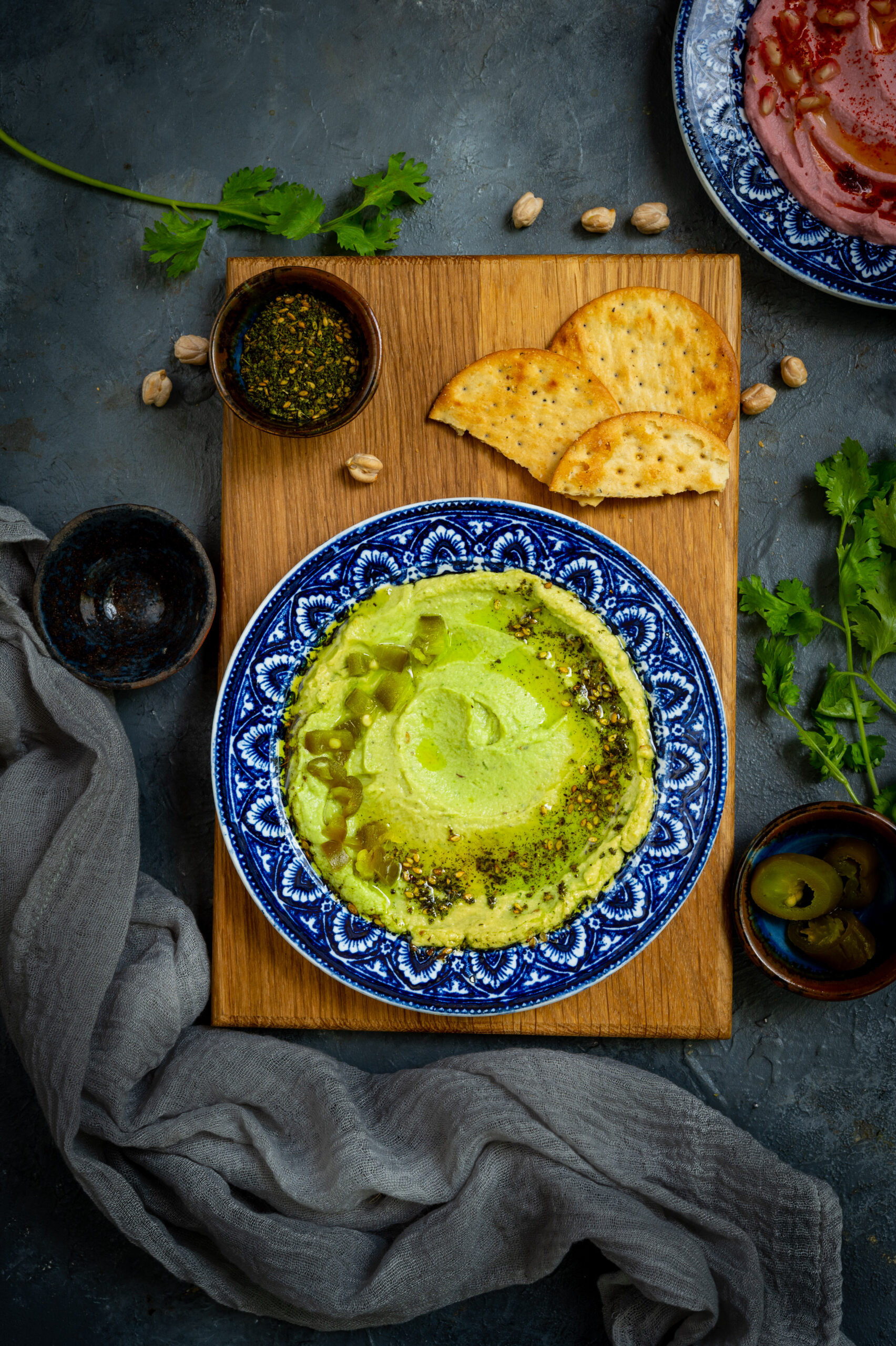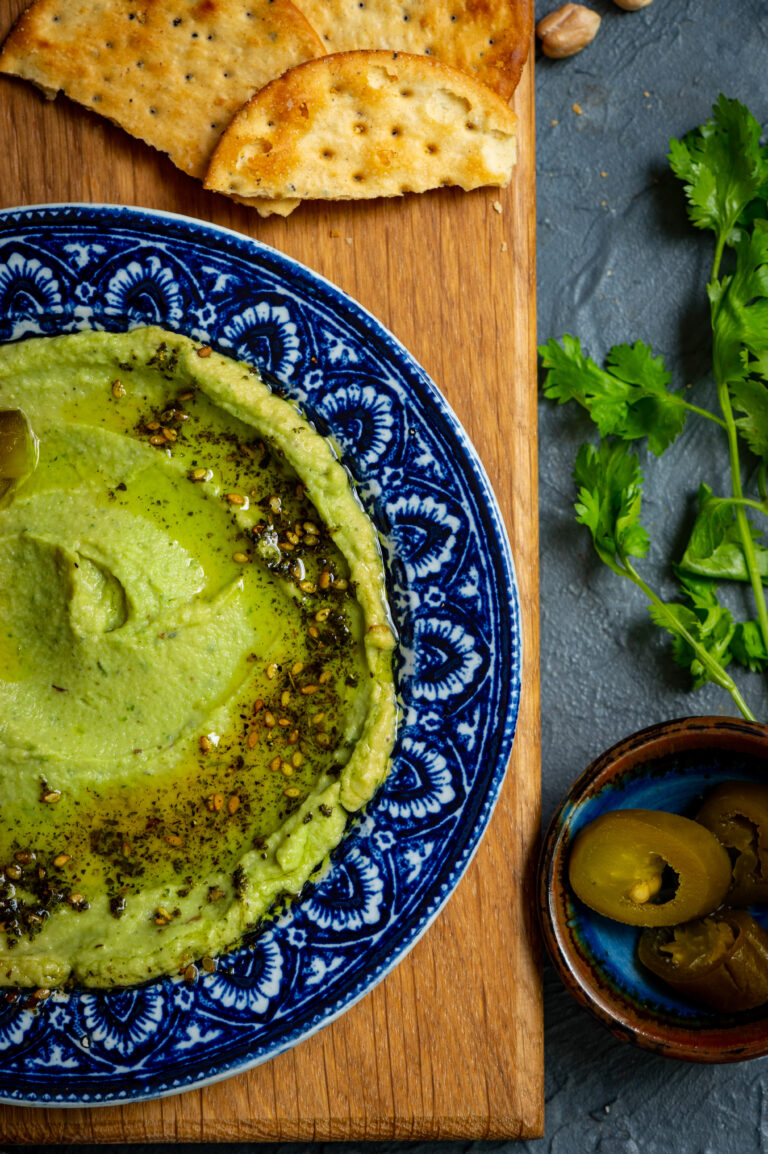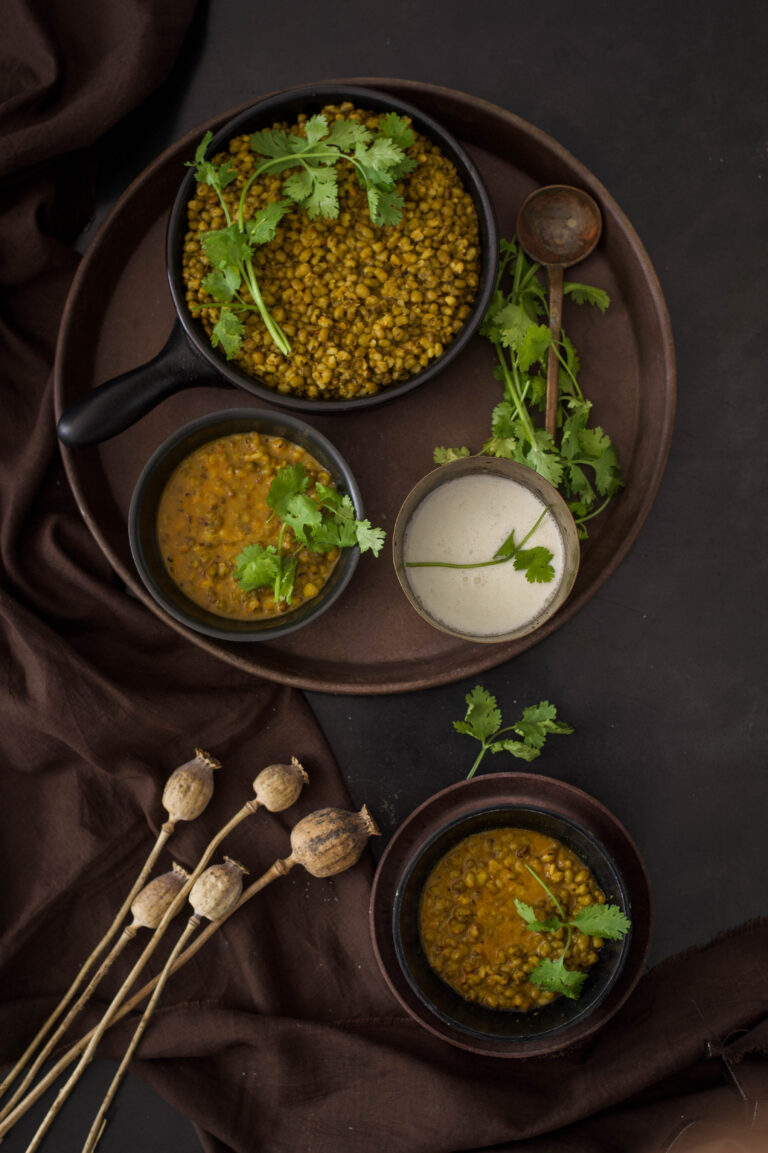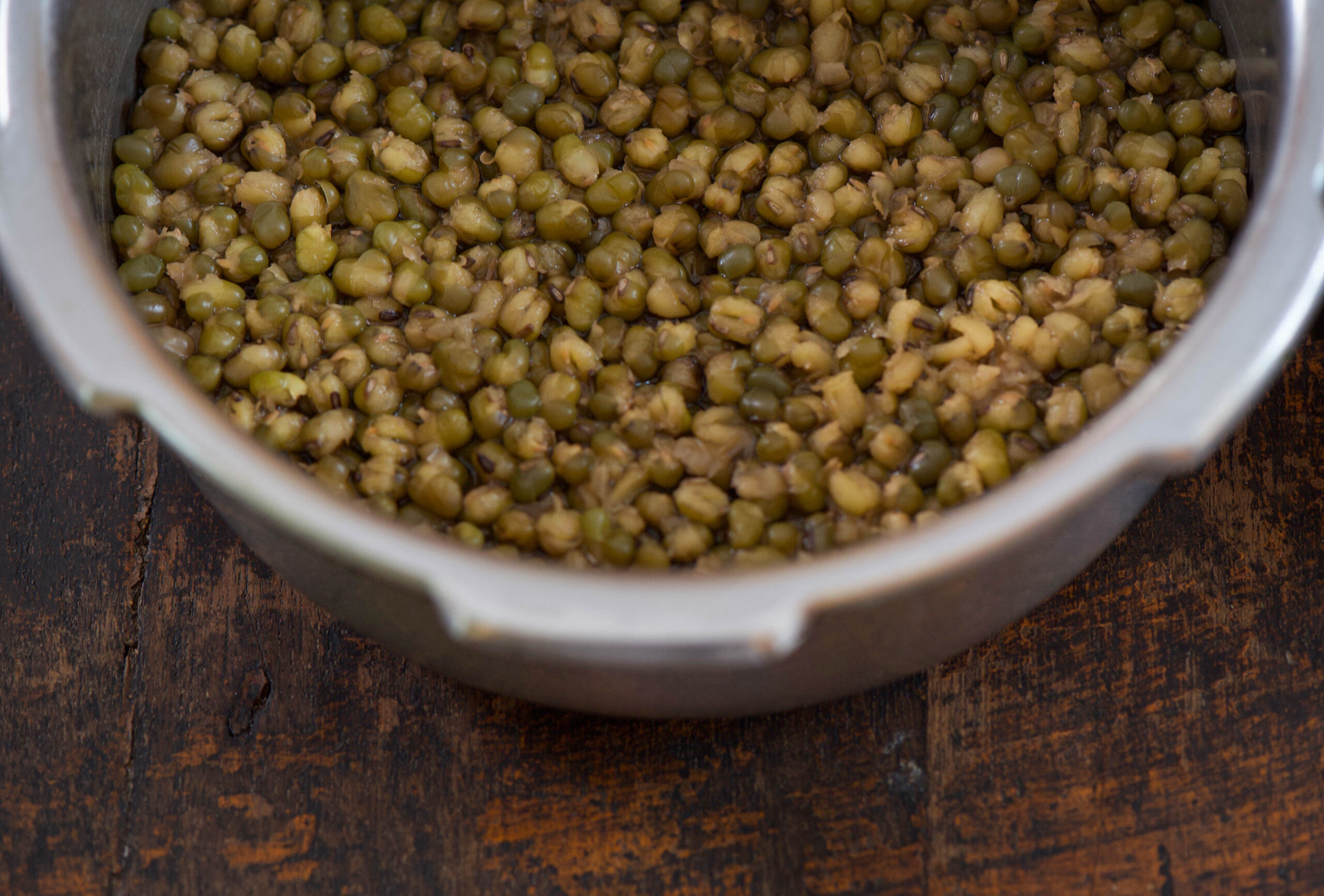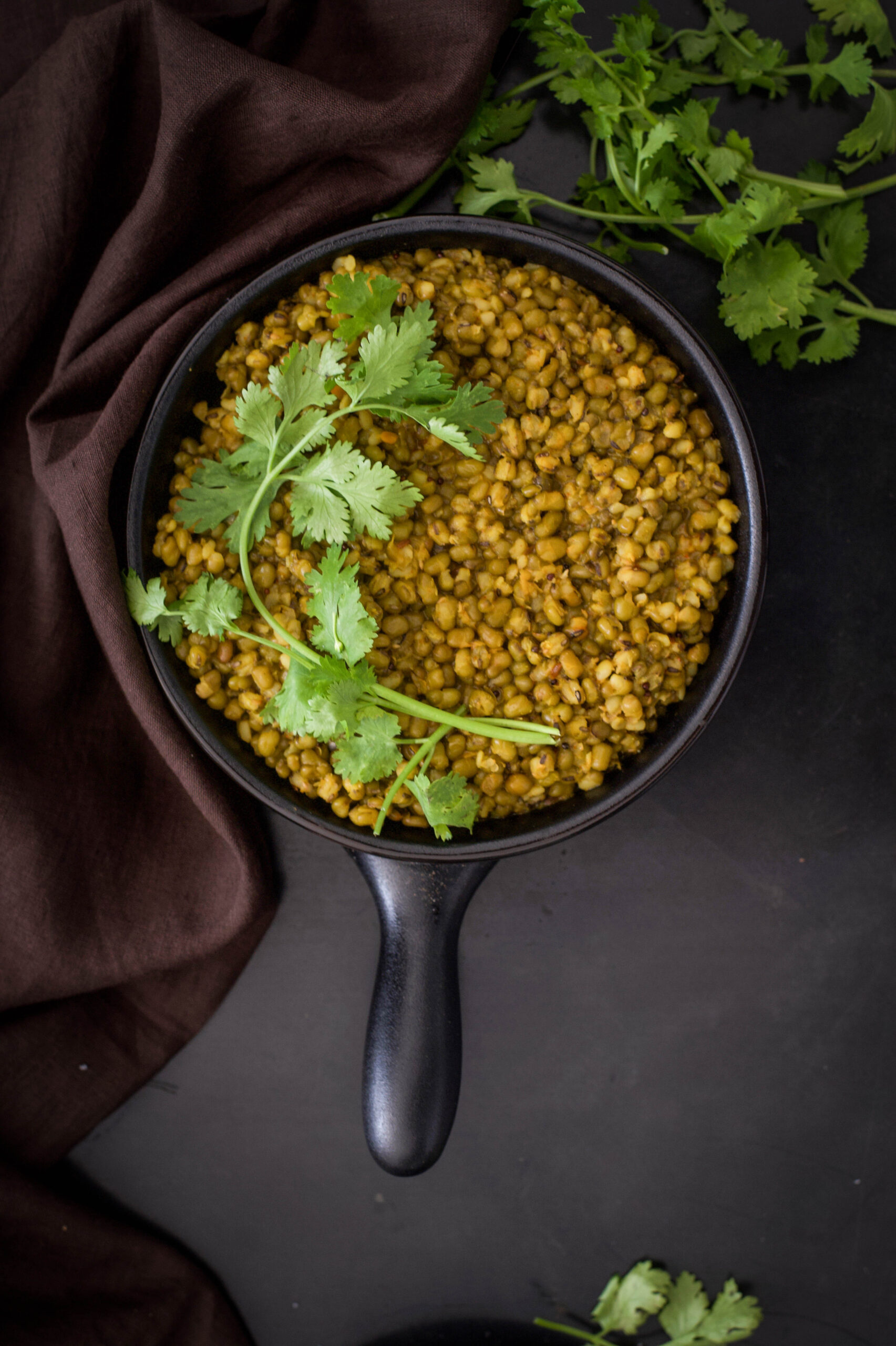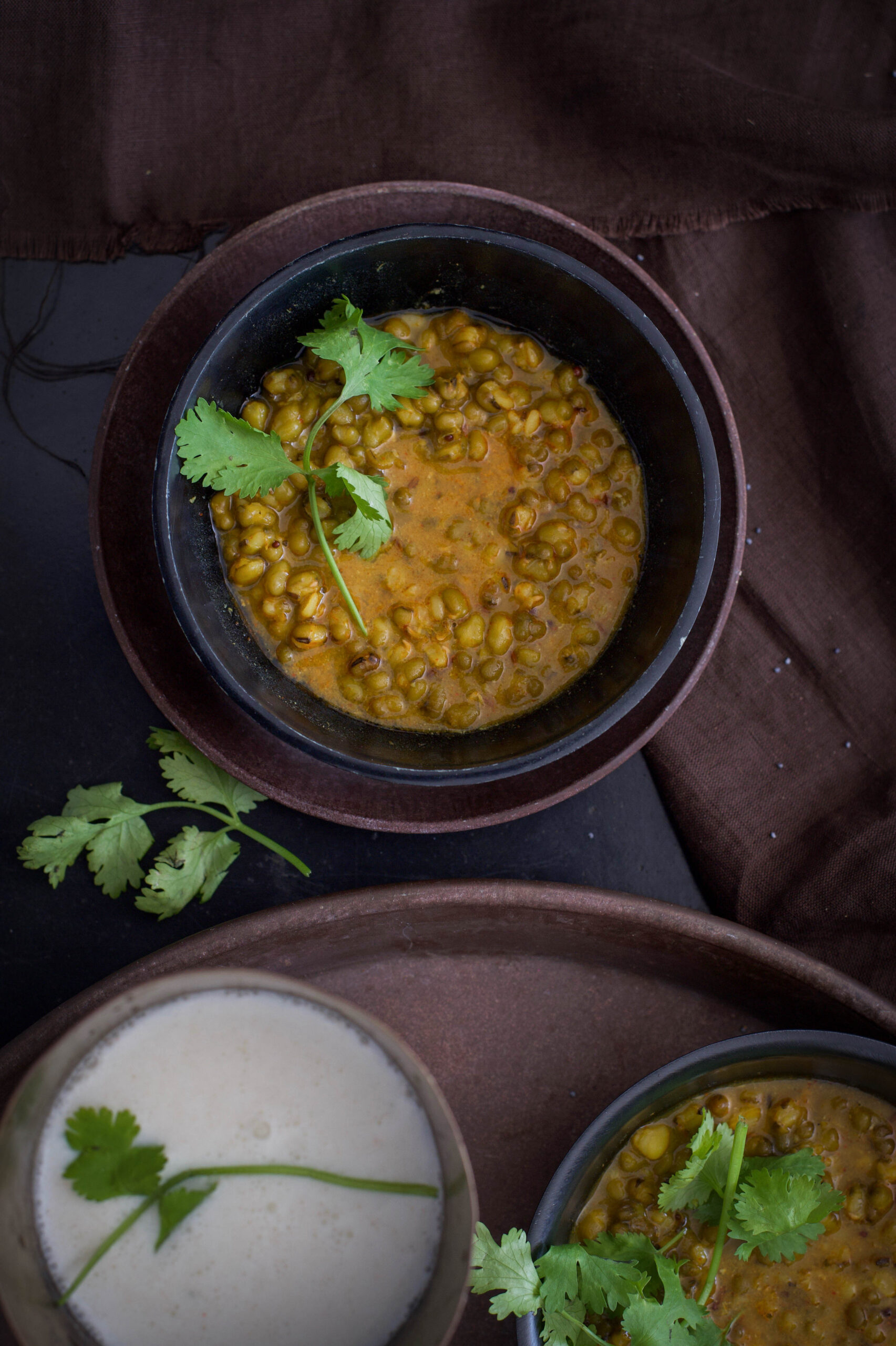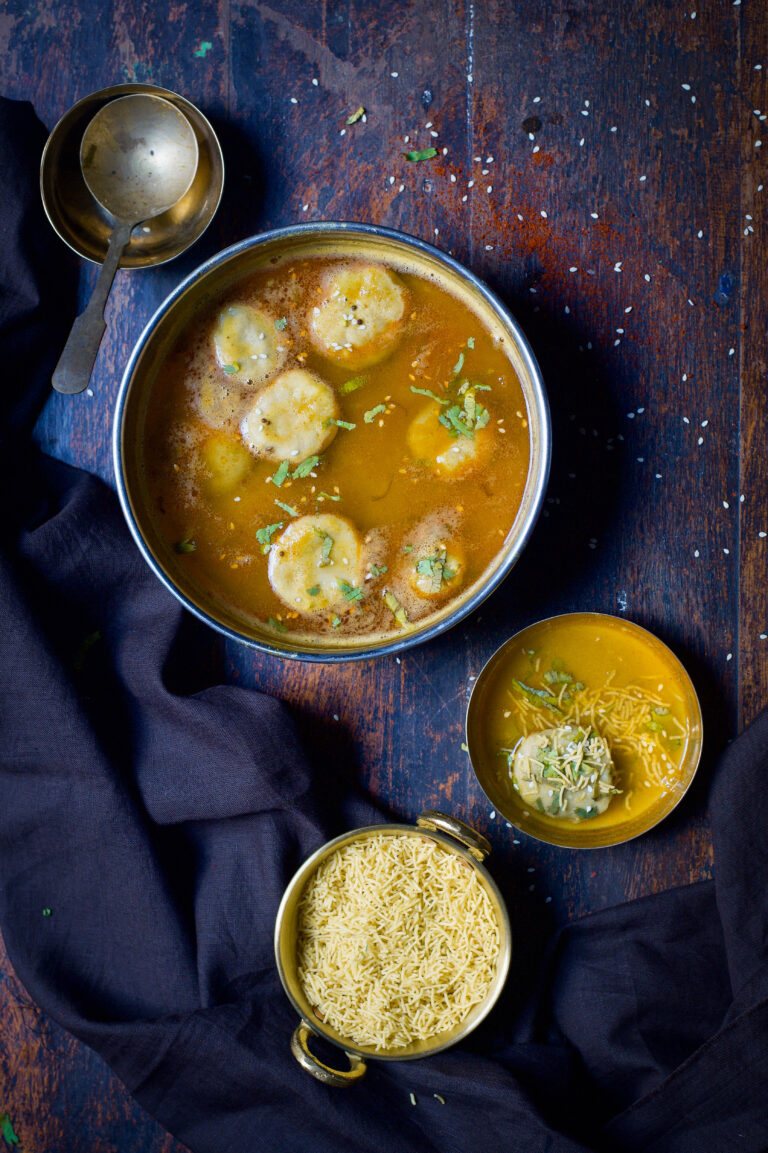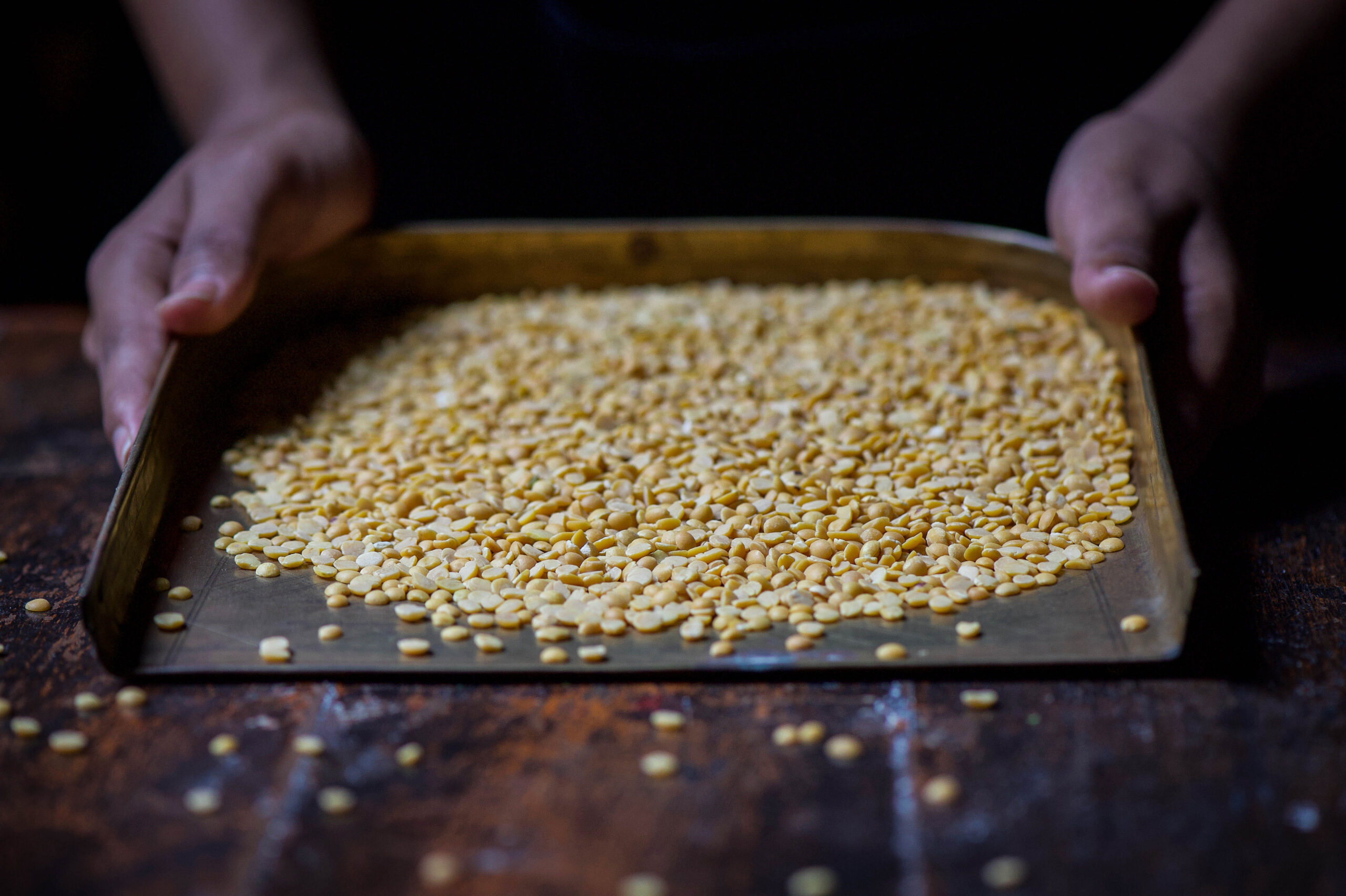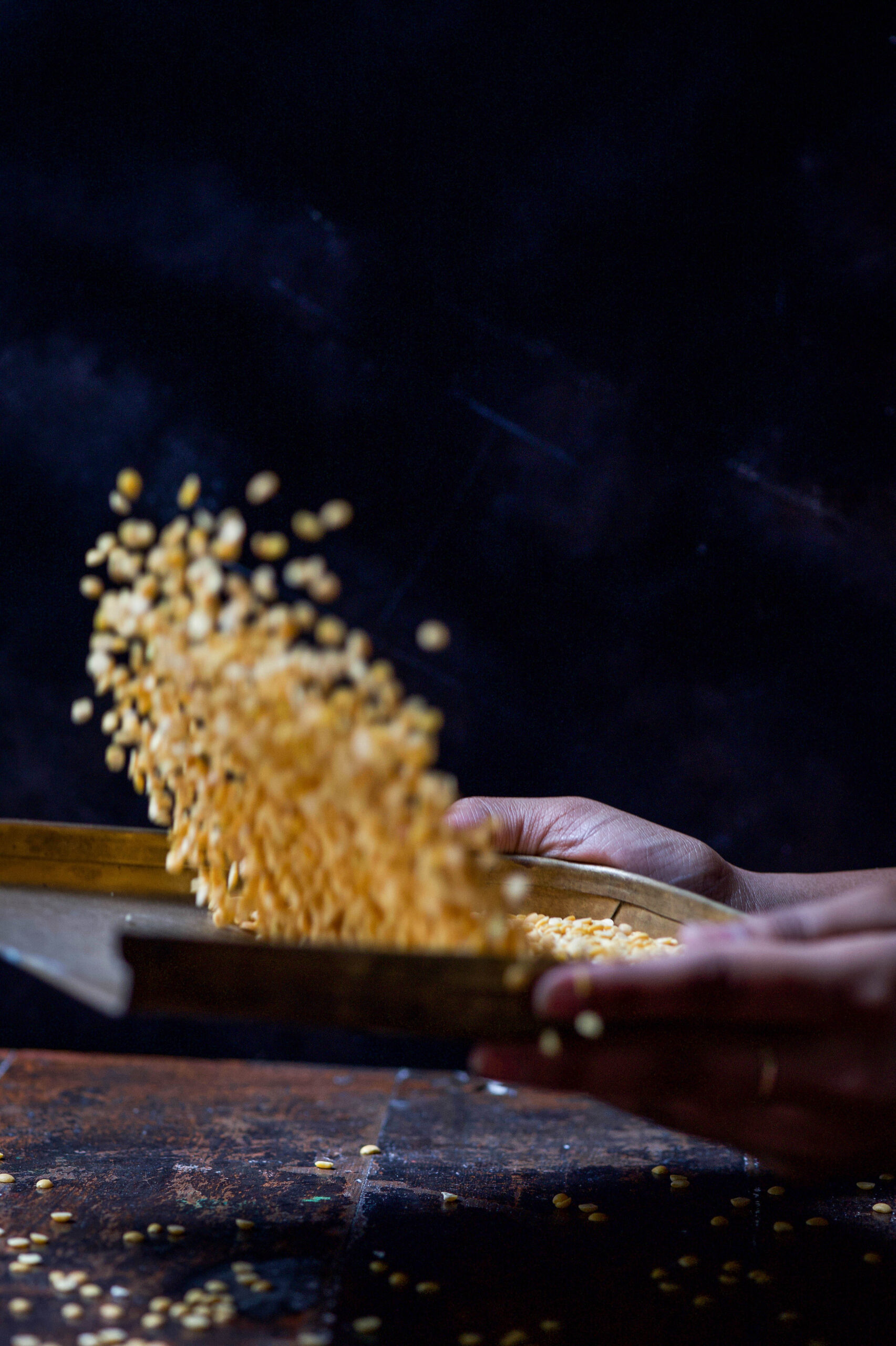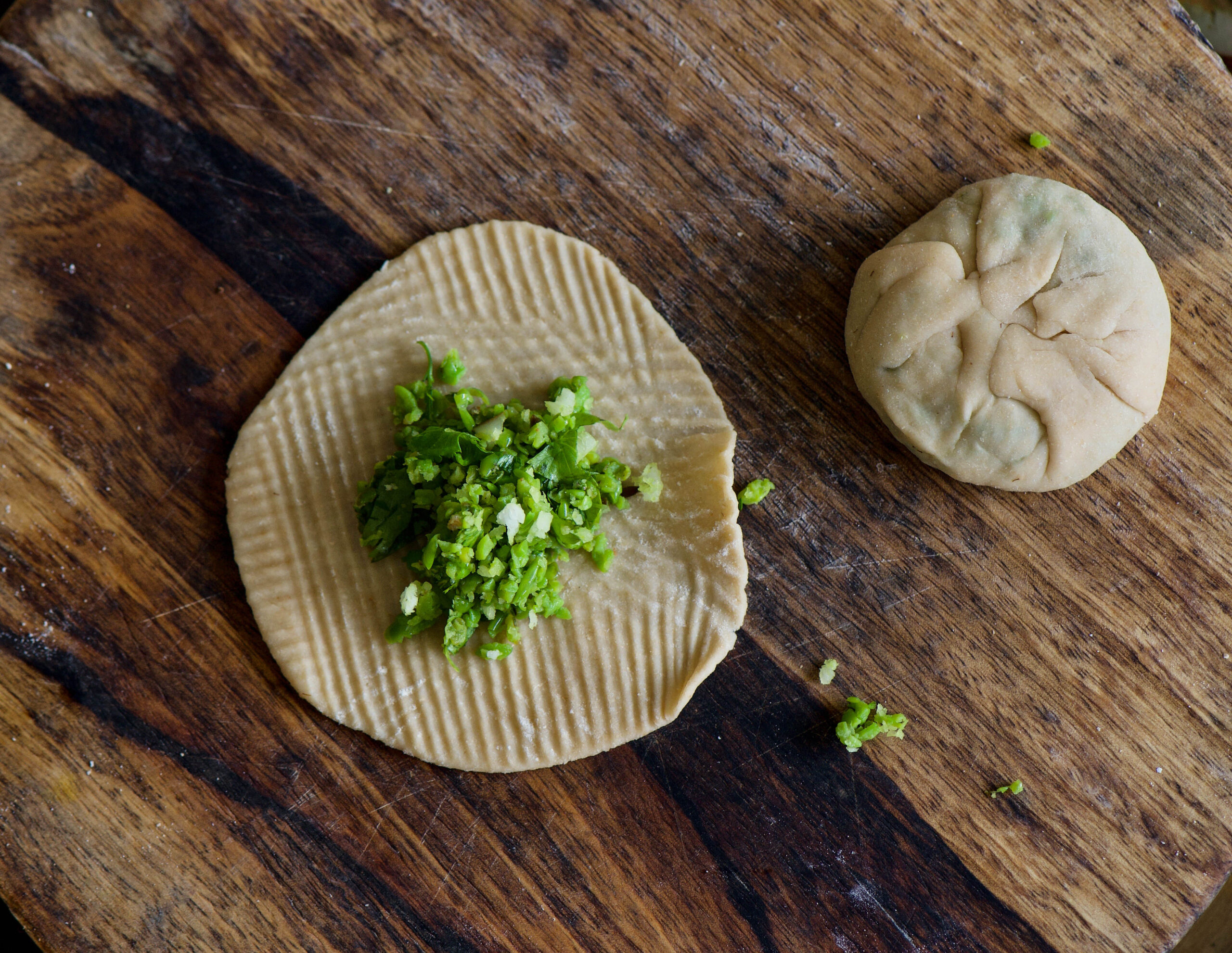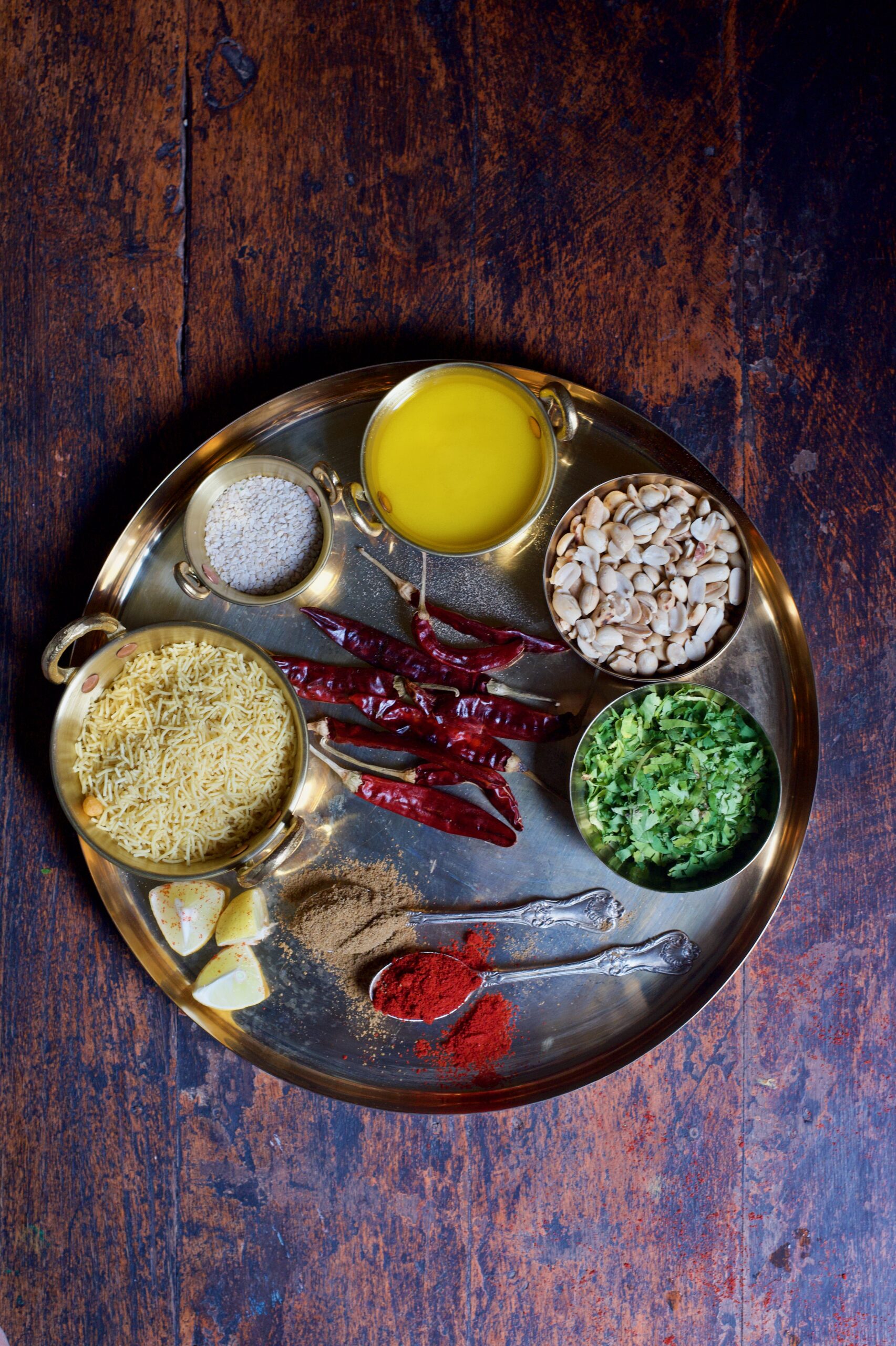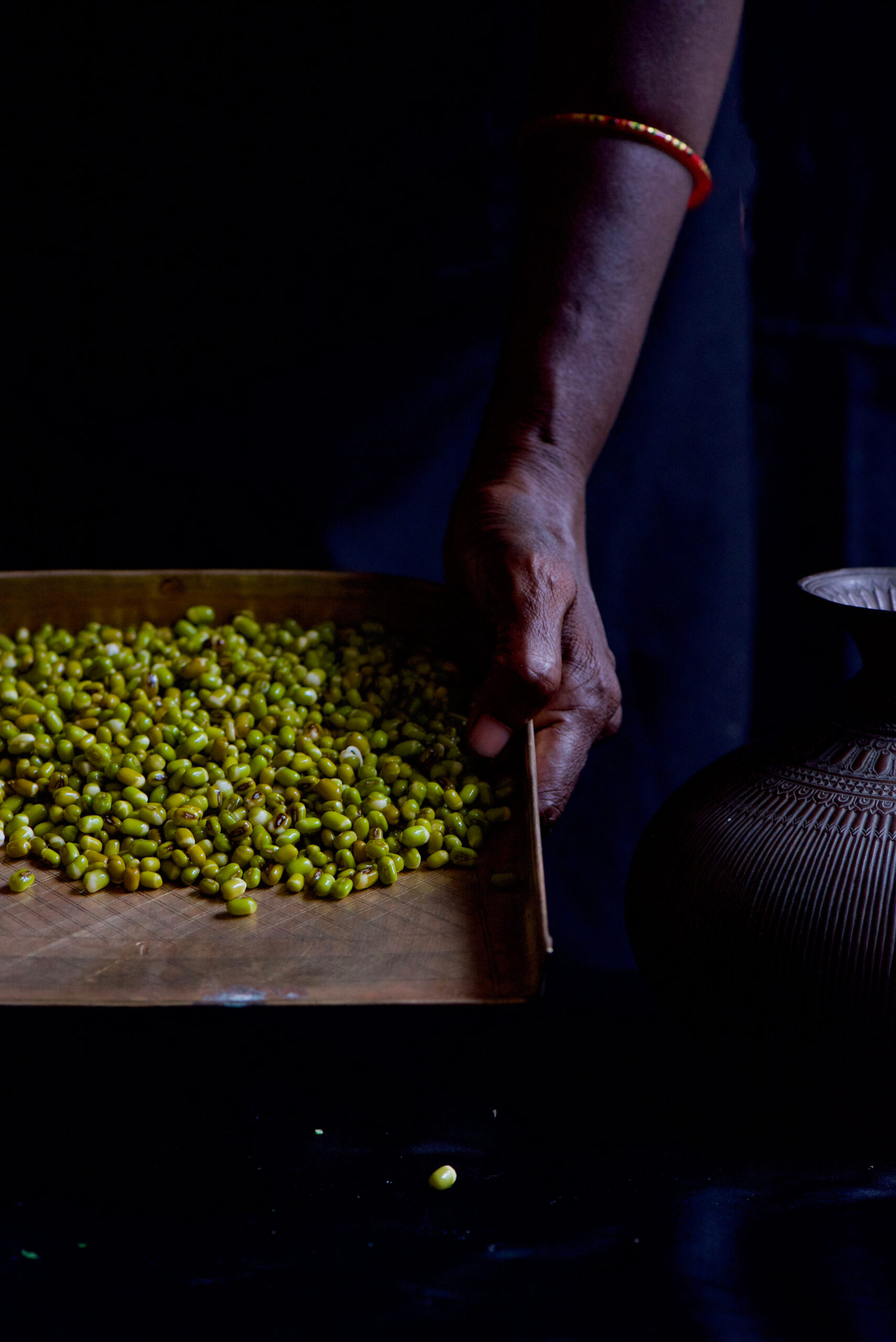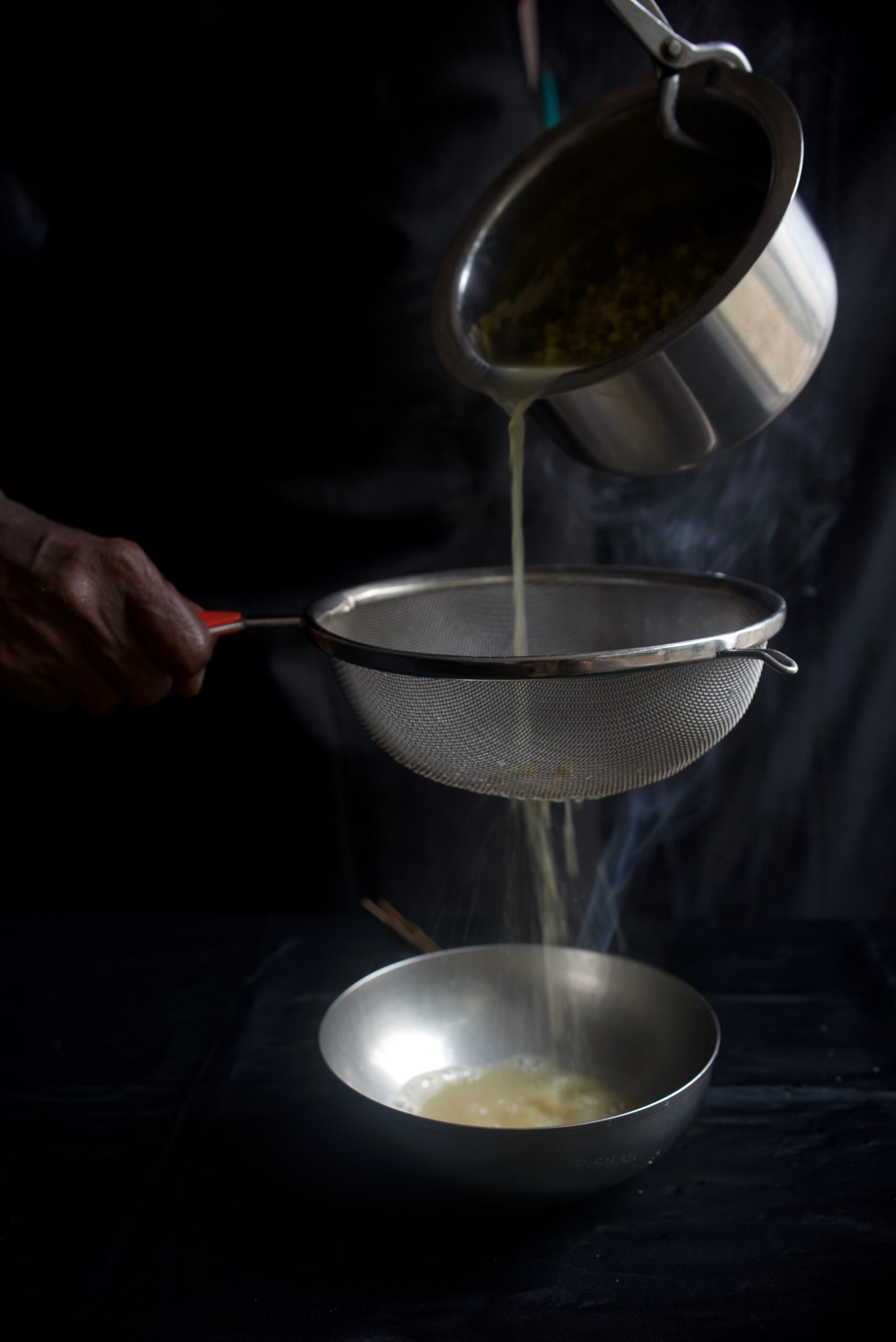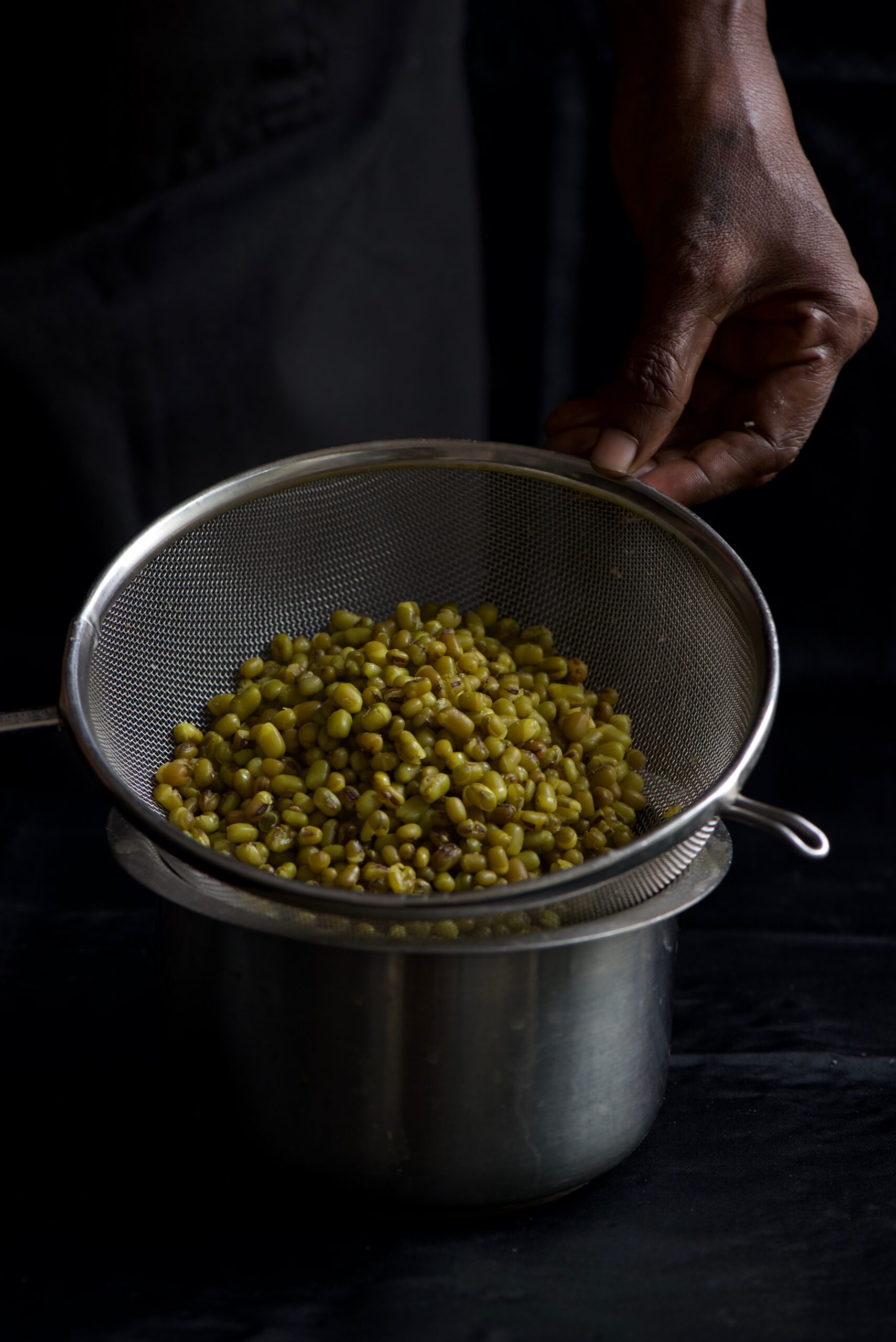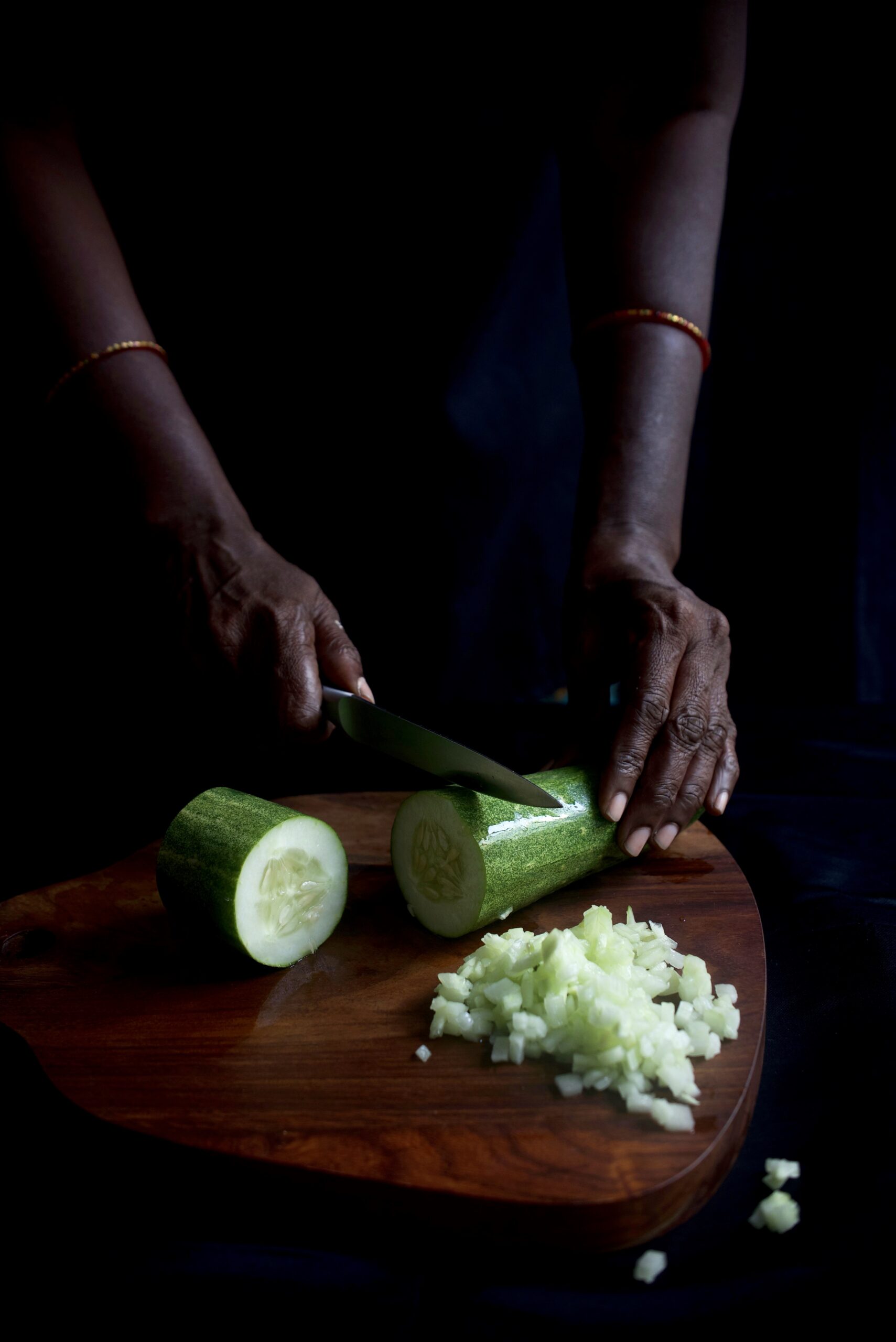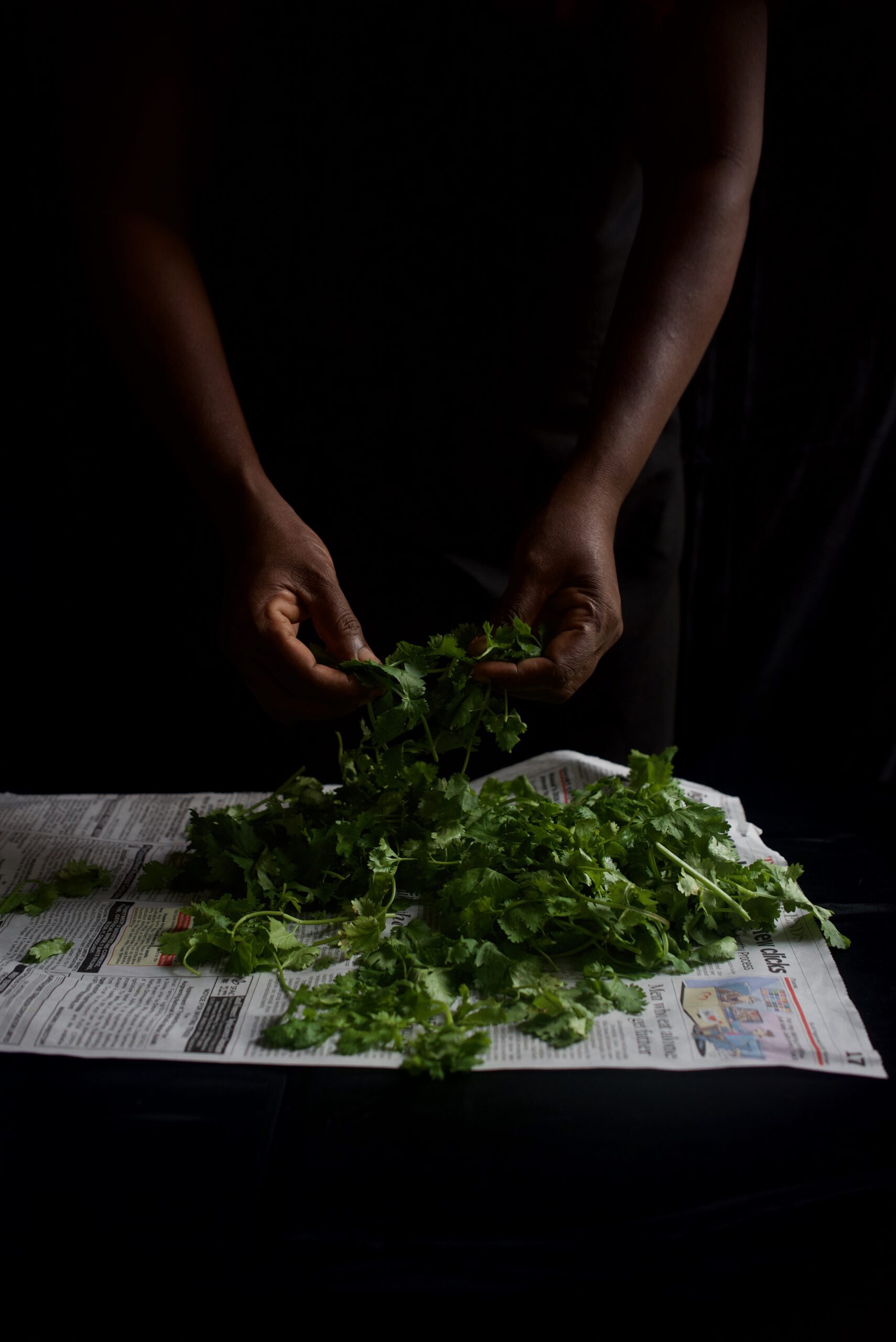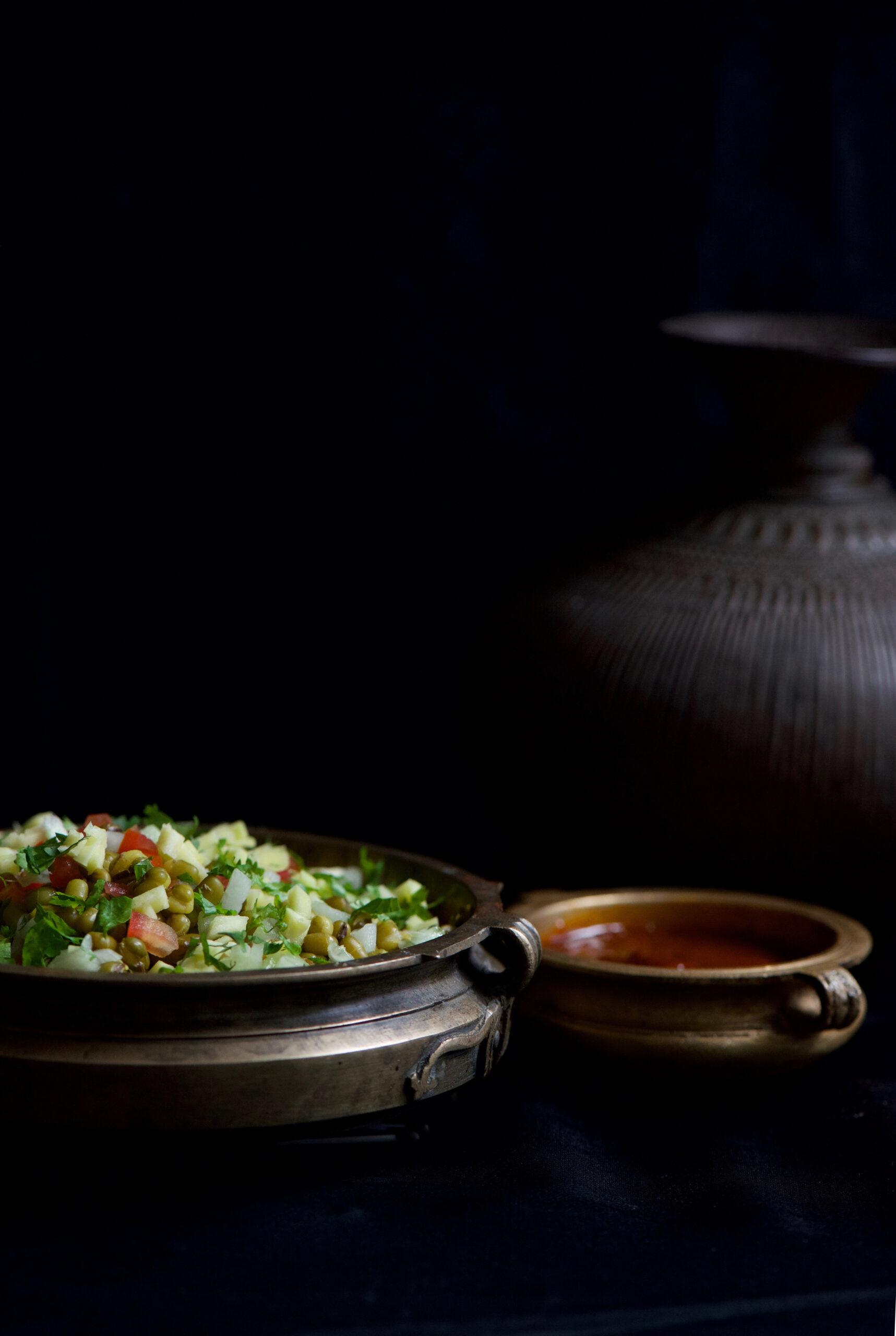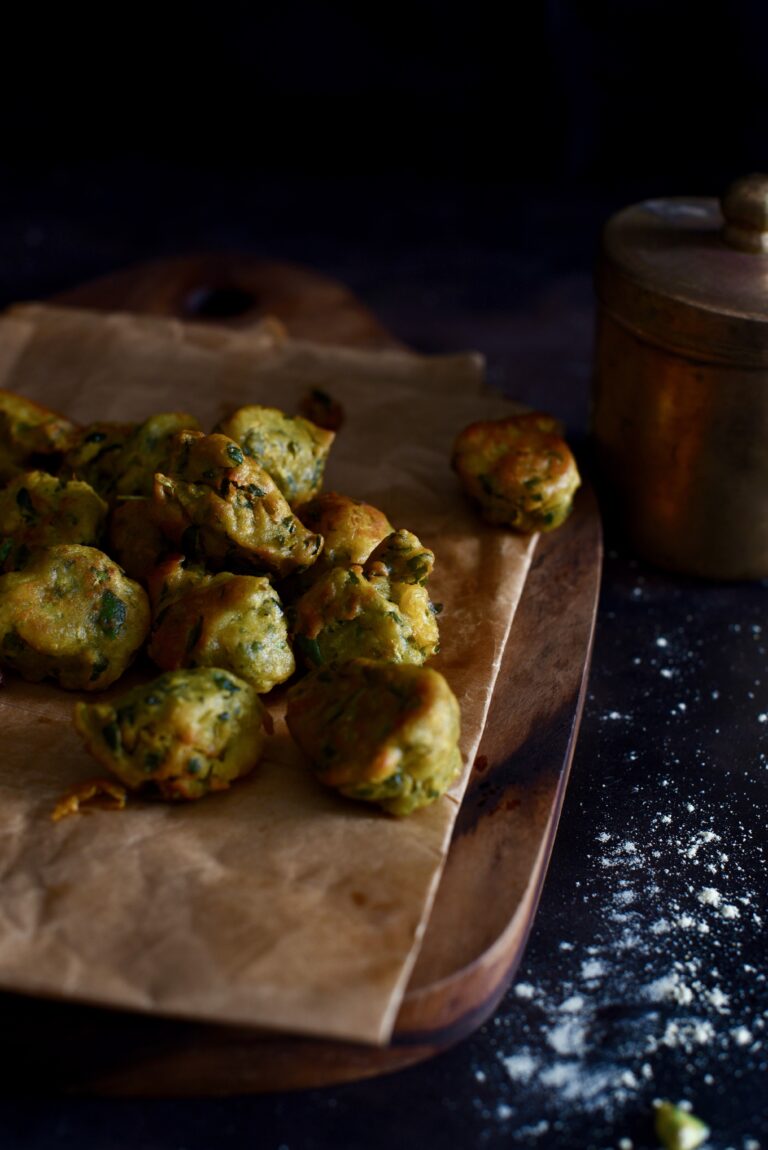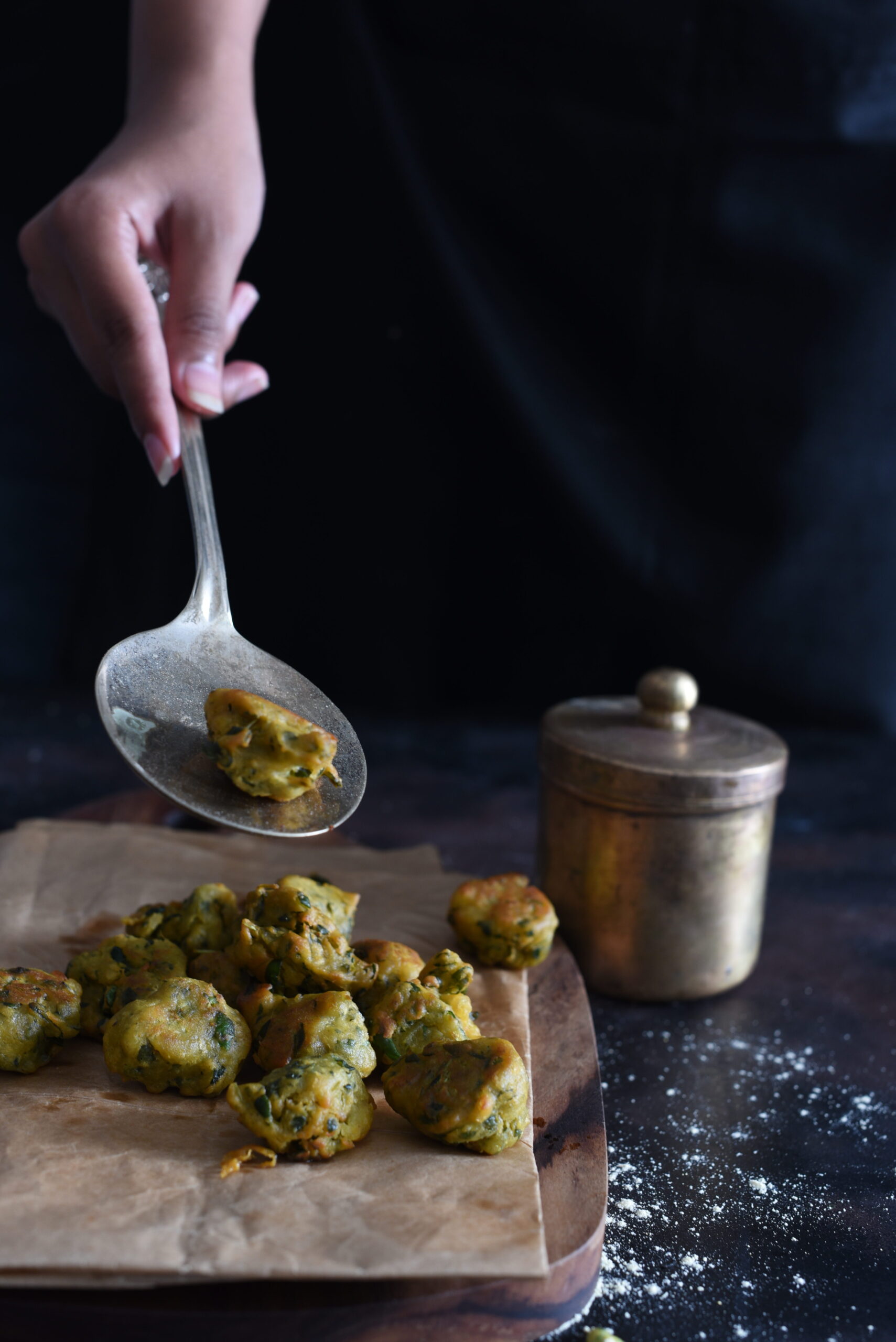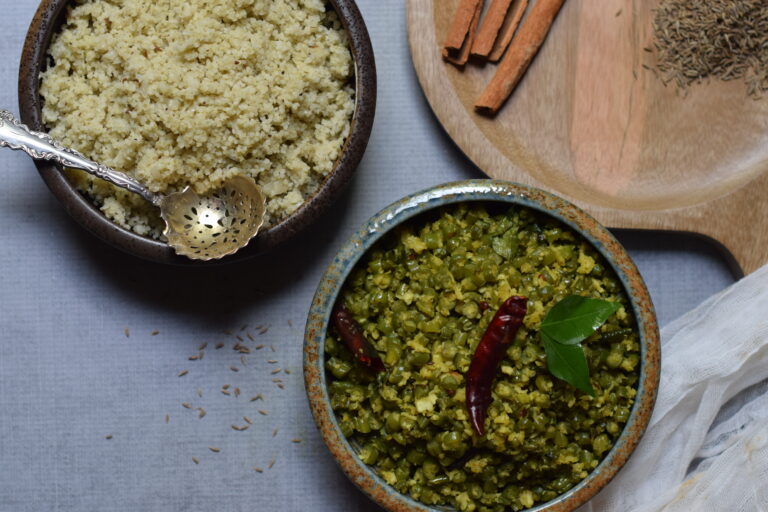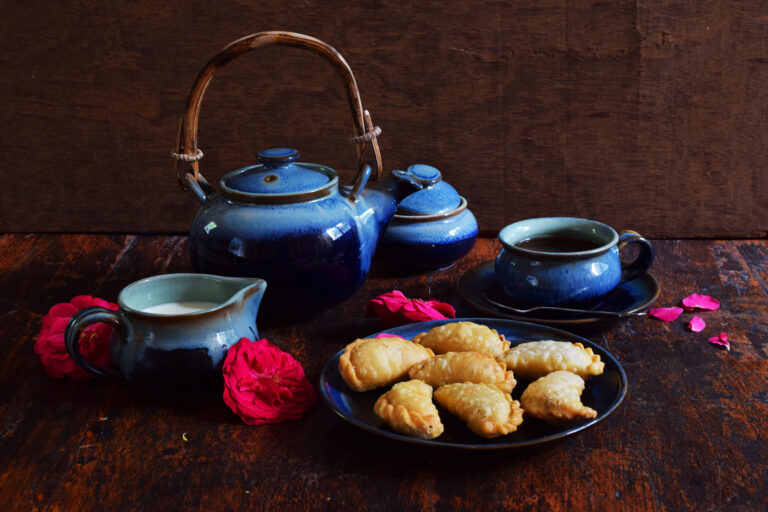These days, we seem to be entertaining quite a bit at home. This is partly because our kids are all grown up and live in other cities. As parents, we feel proud of their achievements and love it when they visit, but we are also filling up our “empty nest” with friends and socialising as a couple. With people dropping by on a frequent basis, I try to make sure that a steady repertoire of healthy snacks, that are also good-looking and good-tasting, are easily whipped up. This beautiful pistachio-green coriander hummus hits the right spot in terms of its visual appeal, its nutrition quotient as well as its deliciousness.
Hummus originates in the Middle East and I make some whenever I prepare my versions of Lebanese dishes such as pita bread and falafels. It’s quite a favourite at home, and we are currently in an obsessed phase (do you have this habit too – of enjoying a dish so much that you just have to keep having it till you get tired of it and move on to the next big addiction?), so I’m making lots and lots of it.
The idea came to me after noticing colourful hummus varieties such as beetroot hummus, which comes out in a pretty pink. I wanted to use an Indian ingredient as a major one, and coriander seemed perfect. I had explored a curry leaf and green chilli hummus quite a while back too, which has a similar concept.
This dish contains one more surprise ingredient from our local backyards that you’re sure to love, and which you may remember from a recent recipe! If you guessed moringa, you are right. The powder is easy and quick to make, and I like to sprinkle a bit over the hummus to boost its healthiness, as well as to deepen the colour. I’ll probably try out a moringa hummus soon.
Hummus is truly simple to make, and the method for most varieties is more or less the same. In my family, different members have their own preferred type – curry leaf, beetroot, coriander, etc – so I am constantly whipping up some version of this dish and can assure you that it’s a basic recipe. In fact, it is quite easy to replace the coriander with other vegetables. You can see in the photographs that I’ve done a beetroot one too, using roasted beets. That one is more colourful than flavourful, but it is good for novelty in presentation. Guests love pretty snacks, remember?
Chickpeas are the core ingredient, and they are available abundantly in India so I don’t have to resort to the canned ones, although those will work just as well if they’re what you have on hand. I do the traditional method of soaking, boiling and so on – which is very familiar from so many Indian dishes. It’s funny: my cook at home, who is not well-versed in foreign cuisines, calls any kind of hummus “channa ka chutney” (“chickpea chutney”). He is not far from the truth! Several of the ingredients really do feel rather local, and are certainly used in Indian cuisines.
That said, despite its seeming Indian-ness, I was not exposed to hummus while growing up either. I discovered through my travels and culinary explorations that it’s a fantastic starter. It is healthy, tasty, simple to make and versatile in its usage as a dip. Despite the high summer temperatures at the moment, it keeps well in the fridge for at least a week.
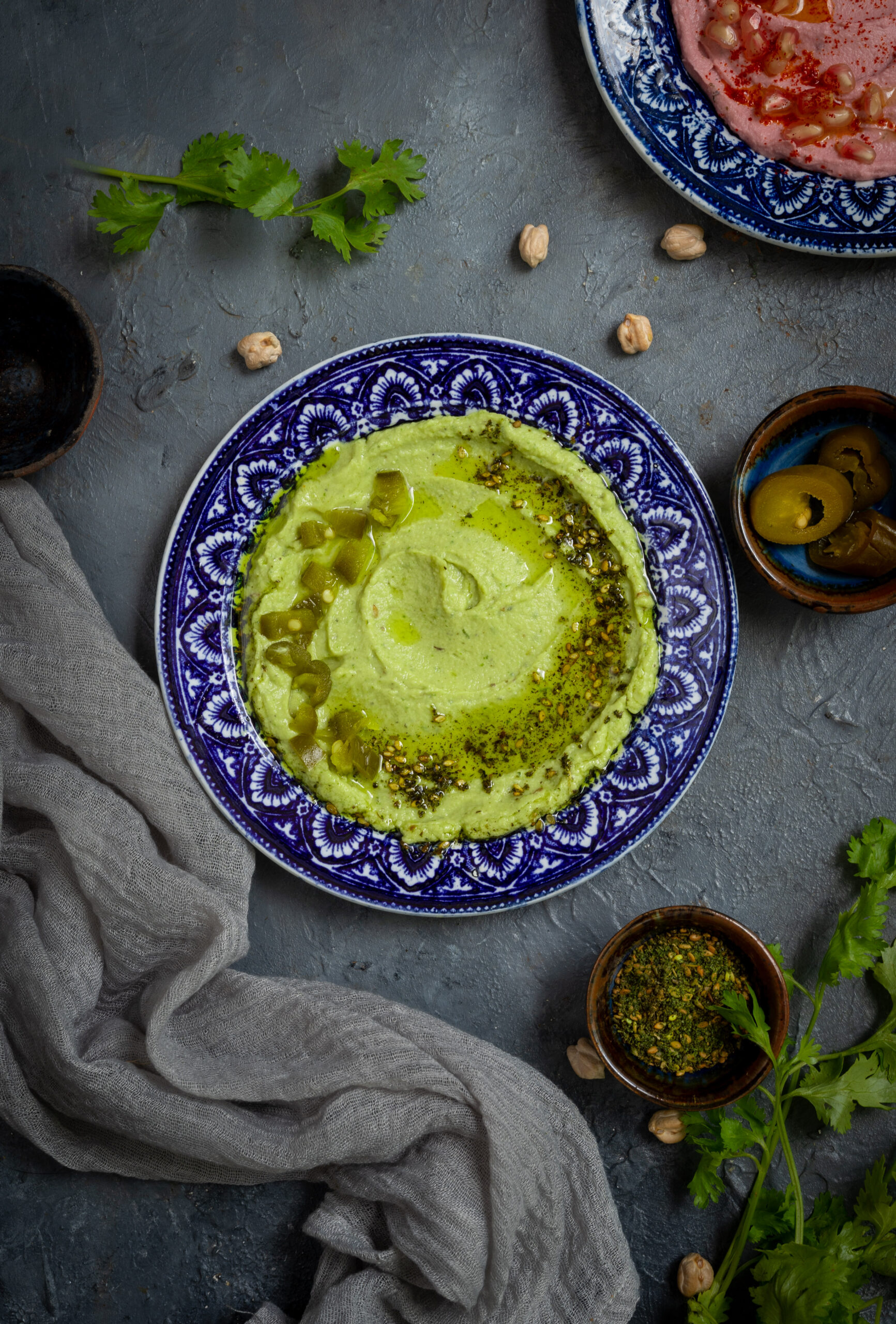
Coriander Hummus
(Yield: 1 portion)
¼ cup chickpeas
Water (to soak and to boil)
2 tablespoons tahini
½ cup coriander leaves
Salt to taste
3 pods garlic
2 tablespoons olive oil
1 tablespoon chopped jalapeños
Soak the chickpeas overnight in sufficient water. Once soaked, they will have enlarged in size to almost 1 cup. Strain them.
Boil the chickpeas in fresh water in a pressure cooker with sufficient water, until tender to the touch. This will take about six whistles.
Once boiled, strain the chickpeas from the hot water. Set the water aside. This is called aquafaba. Aquafaba, boiled chickpea water, becomes an ingredient of its own with varied uses including as an egg substitute!
In a blender, add the tahini, salt, jalapeños, coriander leaves and garlic. Blend coarsely.
Next, add the boiled chickpeas. Now, add as much aquafaba as required to help blend the mixture once again until you have a creamy texture.
Spread the hummus onto a flat dish. Garnish with olive oil and any toppings of your choice. If you have za’tar, a spice combination commonly used in Middle Eastern cooking, you could sprinkle some. As I mentioned earlier, moringa powder is my preferred substitute.
Your coriander hummus is now ready to serve. Eat it with the accompaniments of your choice. It goes perfectly with chips, vegetable sticks, apple slices, pita bread, falafels and more.
As I said earlier, you can swap out the coriander for other kinds of vegetables. You can also use sprinklings of different condiments or flavours. Let your imagination go wild – this is a basic, safe dish that responds well to play. Thinking out loud, a hint of mint could also be a nice flavour contrast. Maybe I’ll try that next time. Or maybe you can, and if so I hope you’ll let me know what the results are like?
